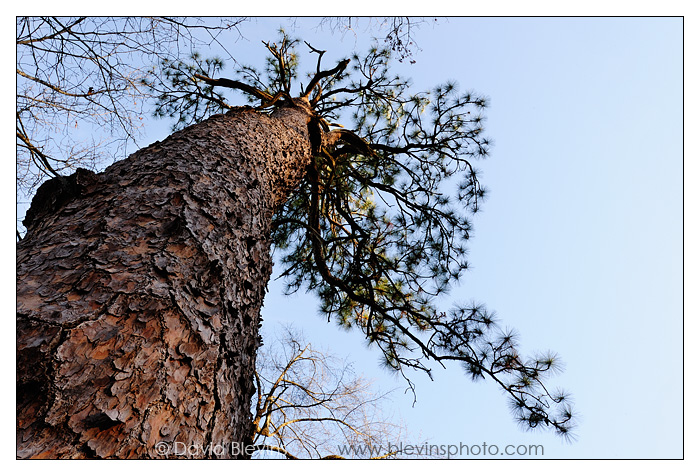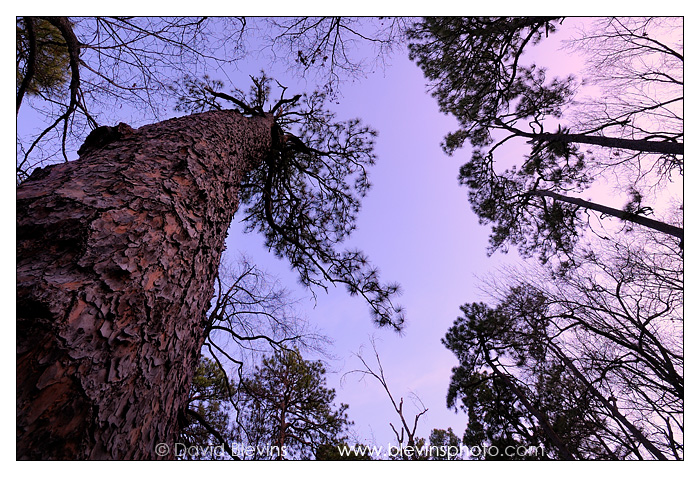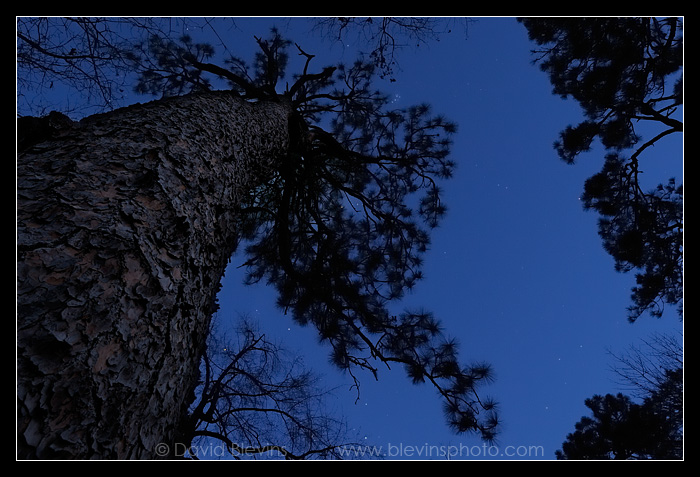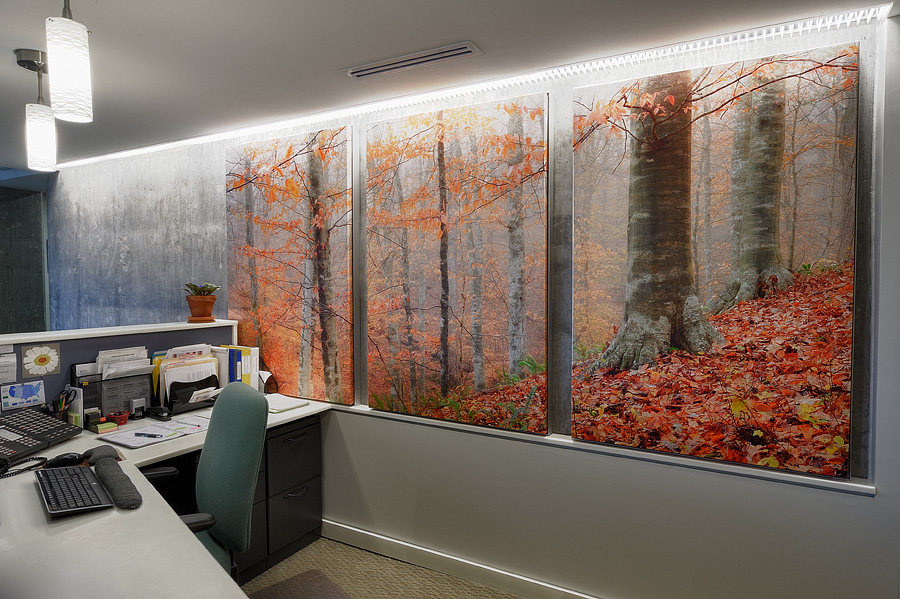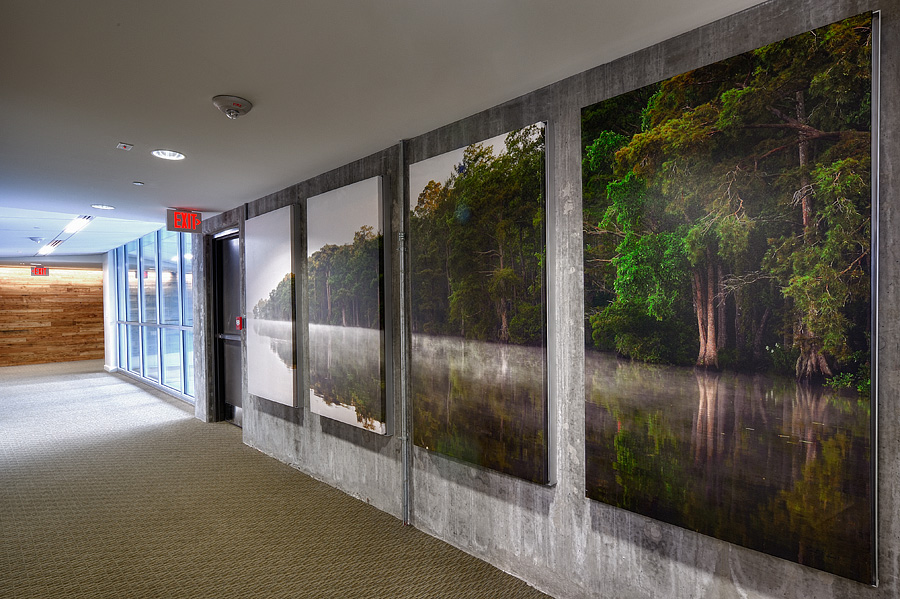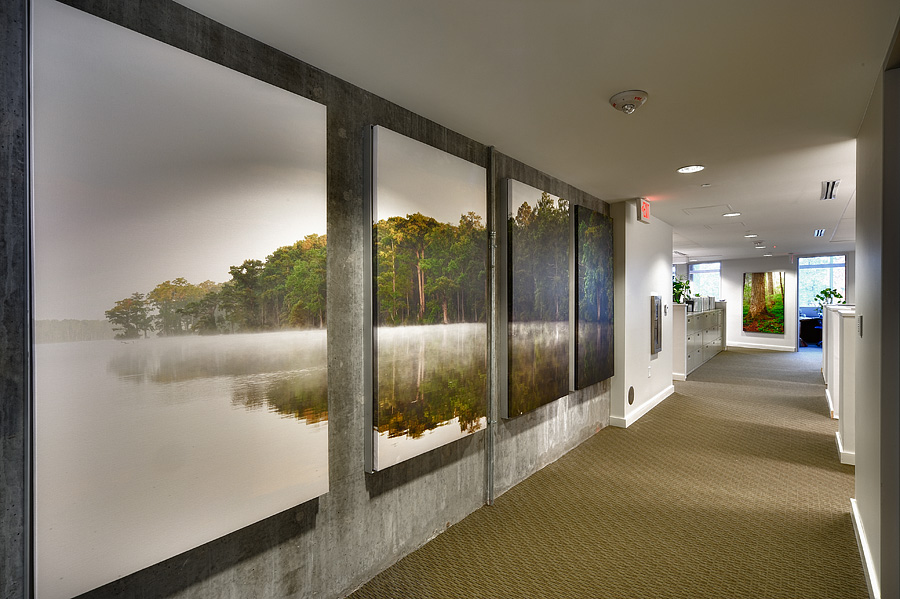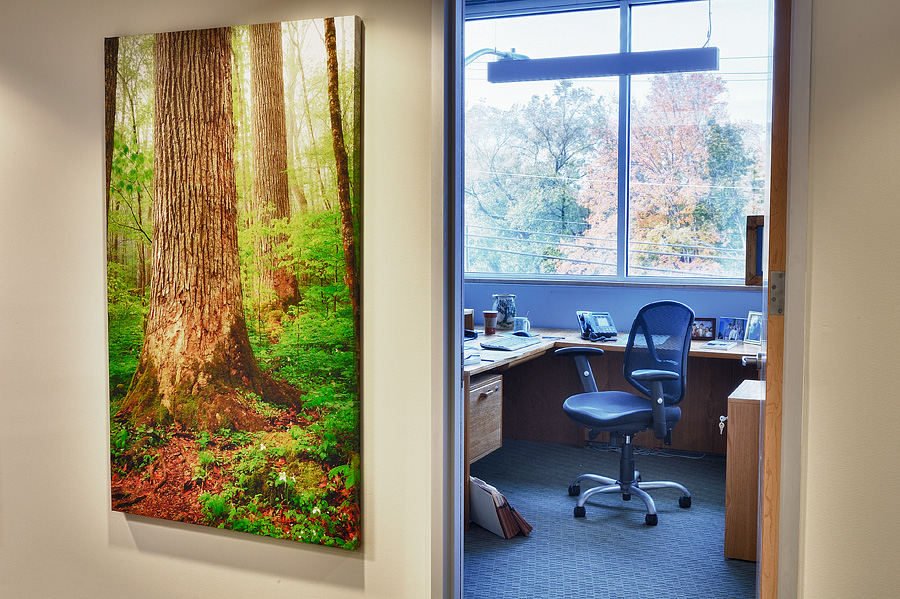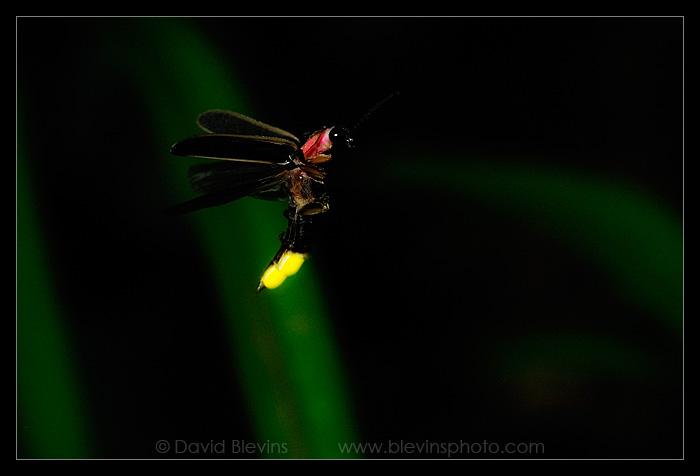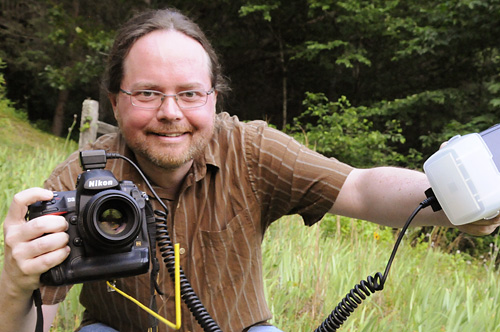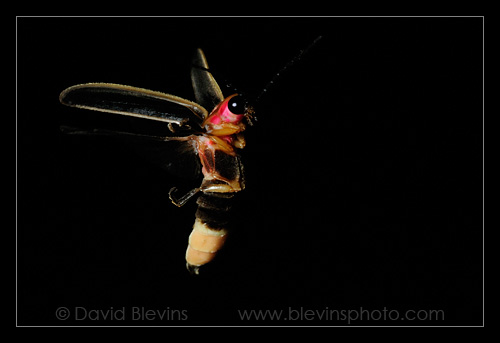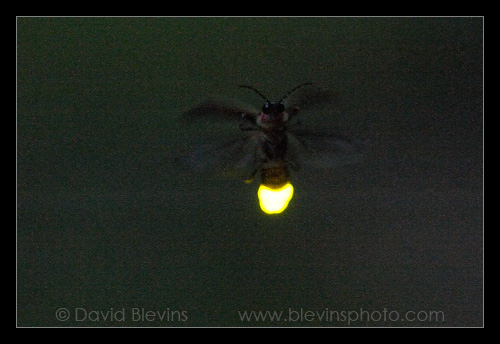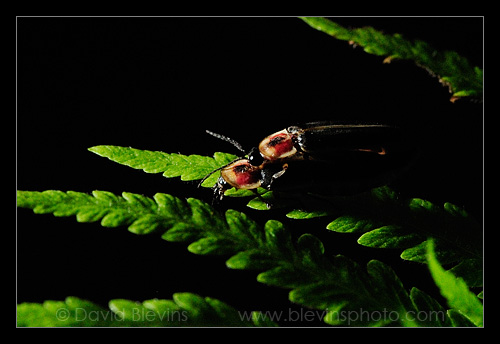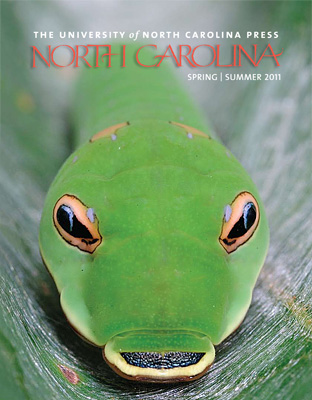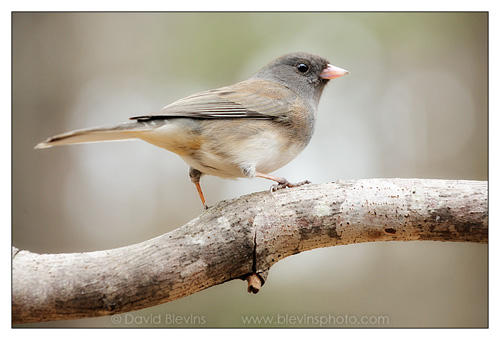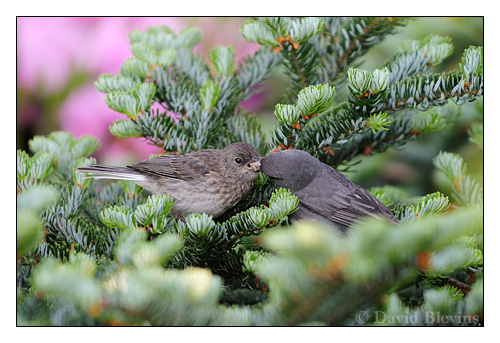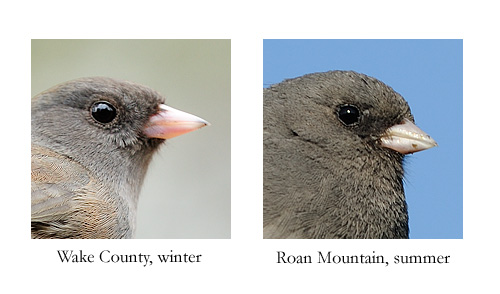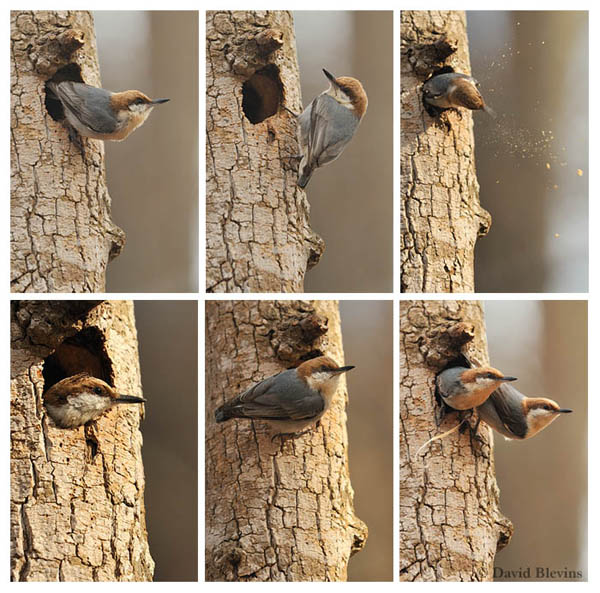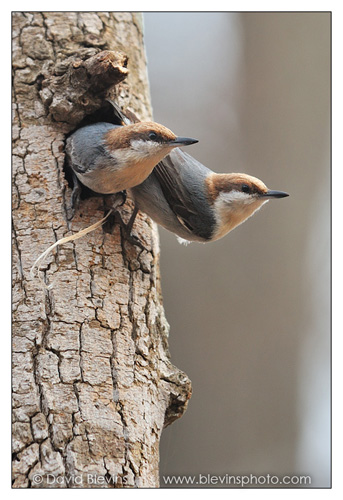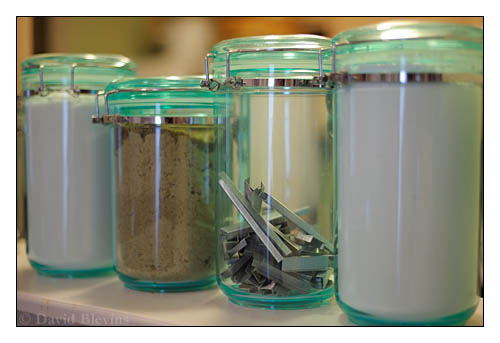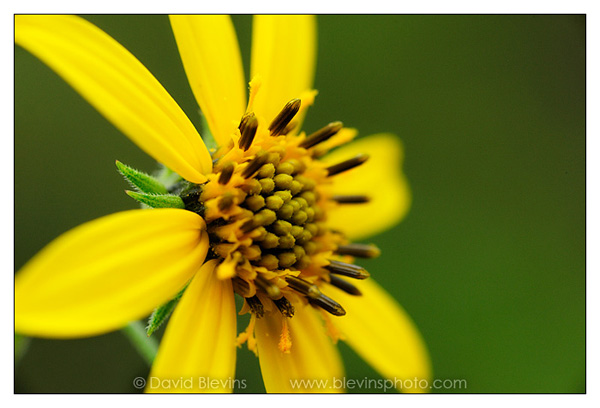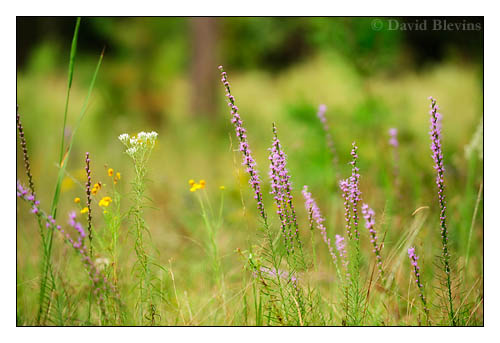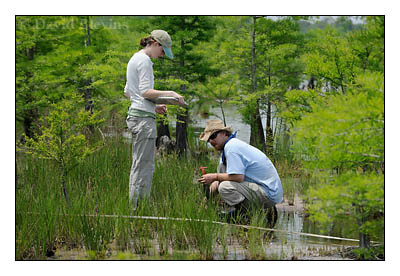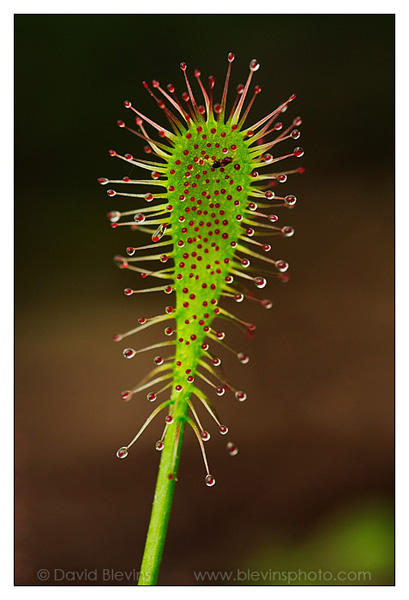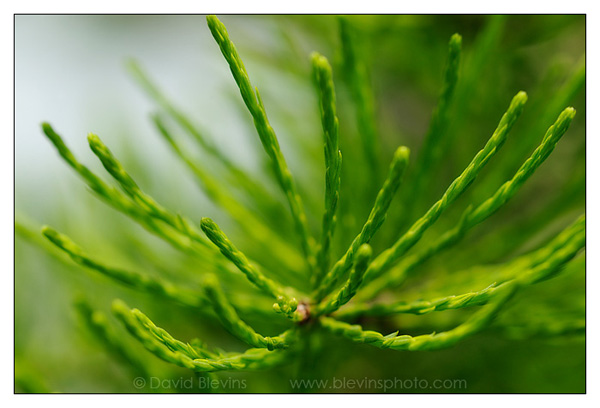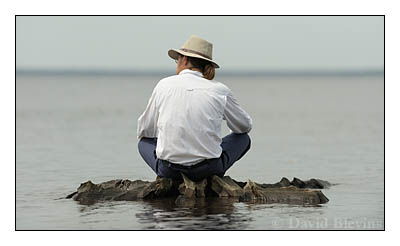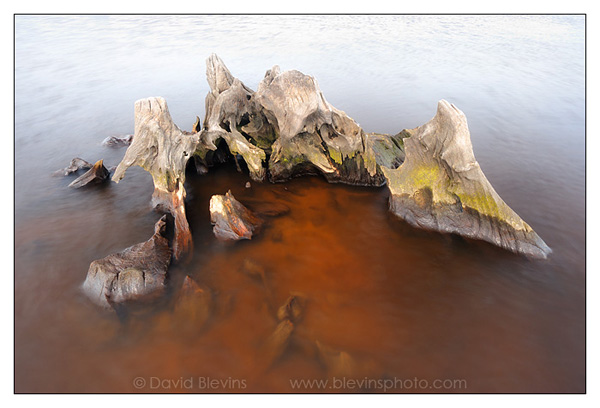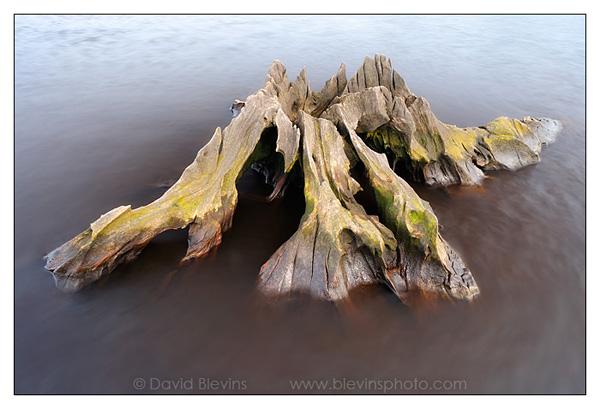Join me and the photographers who participated in my recent Chatham County photography workshop for the opening night reception of our exhibit at the NC Arts Incubator Gallery in Siler City. The exhibit features 60 prints created during the two month workshop by 23 photographers of all skill levels. The reception starts at 6pm on Friday the 17th and is part of the Third Friday Artwalk in Siler City. If you are new to the Artwalk in Siler City check out this episode of North Carolina Weekend from earlier this year.
The workshop and exhibit were sponsored by the Chatham Conservation Partnership as a way to raise awareness and appreciation for conservation efforts and the value of nature in Chatham County. The exhibit celebrates the diverse ways of seeing and appreciating the natural wonders and rural character of Chatham County. In creating this workshop, I wanted to give the participants not only an opportunity to learn new photography skills, but also give them the opportunity to use those skills to help their community. They invested so much time and effort into this project and have generously donated the use of their images to the Chatham Conservation Partnership. The exhibit will be on display in Siler City until September 14th, then it will travel to various locations around Chatham County. After the last exhibit we plan to donate the prints to a Triangle Land Conservancy fund raising auction.
This workshop and exhibit would not have been possible without the dedicated tireless efforts of Gretchen Smith, a volunteer with the Chatham Conservation Partnership. It is a joy to work with someone who gives of herself so freely and is so effective. She not only helped me plan and execute the workshop but she also found co-sponsors to provide funding so we could offer the workshop free of charge, found all the venues for the exhibits, and arranged field trips with experts for the participants to learn more about the area. A few days ago I helped Gretchen and her volunteers install the exhibit. I really enjoy this part of the process, when ideas have finally become real physical objects.
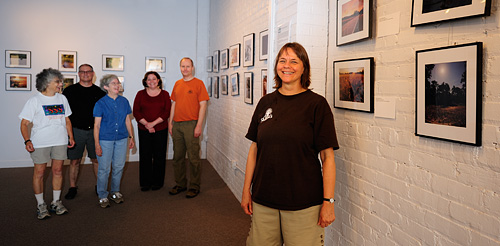
Gretchen Smith and volunteers installing the CCP 2012 Photography Exhibit at the NC Arts Incubator in Siler City, North Carolina
Another thing I enjoyed about this workshop is it gave me an excuse to spend some time making images in Chatham County. A selection of the images I made during this workshop can be seen in the Recent Images Gallery. They include images of the Haw and Rocky Rivers, a storm over Jordan Lake, and the subject for my contribution to the exhibit, images of the Devil’s Stomping Ground Scenic Byway.

